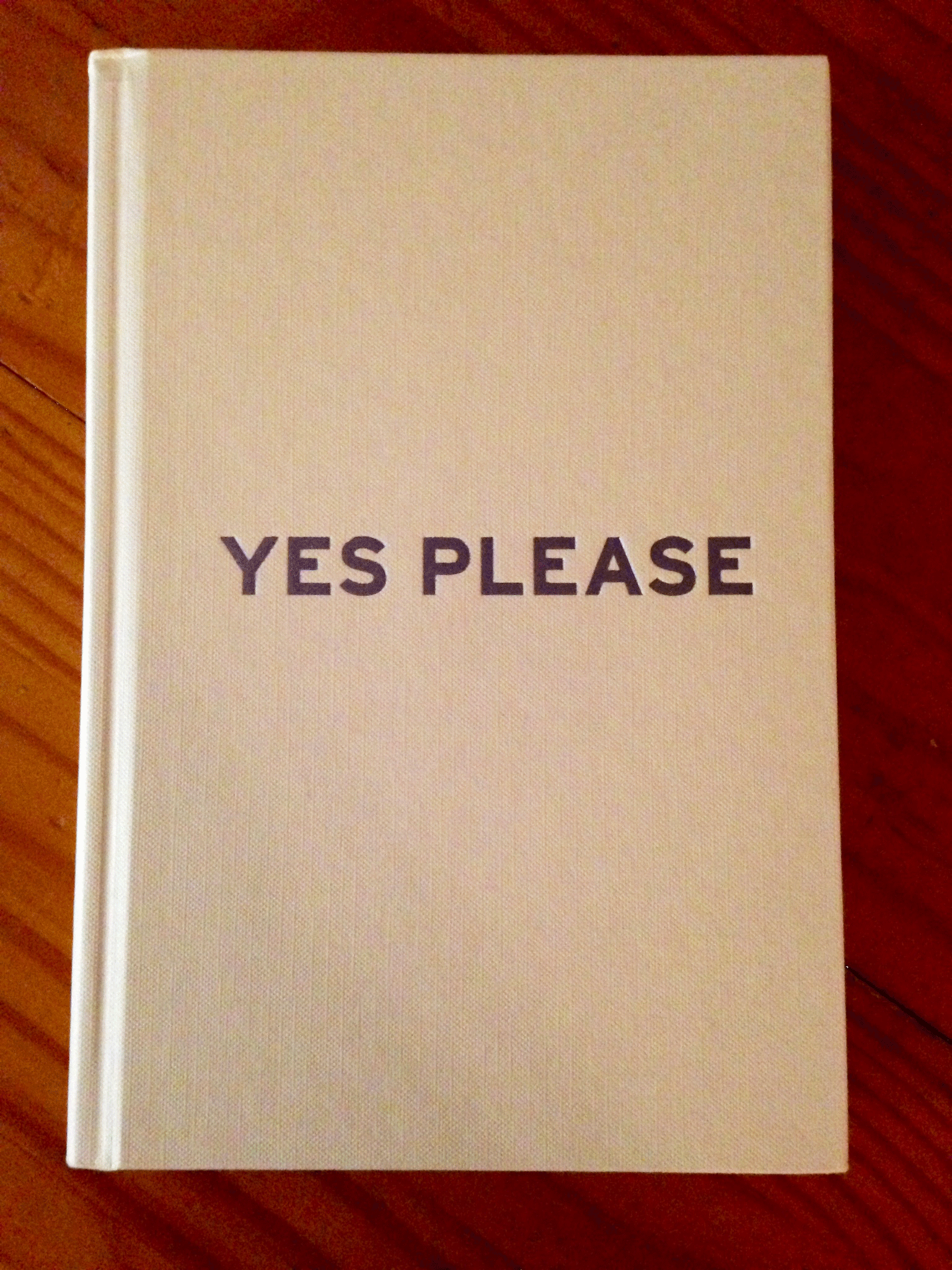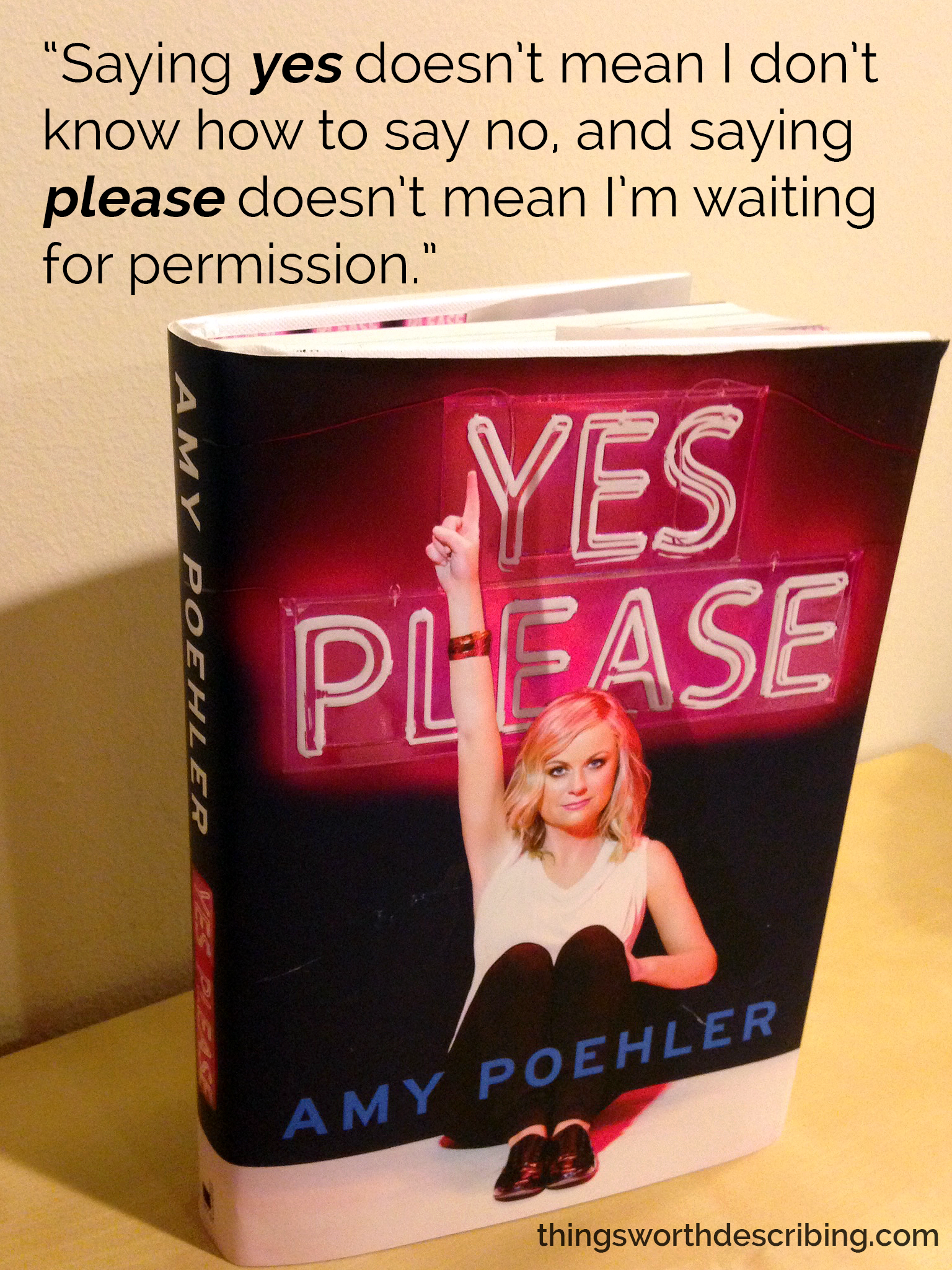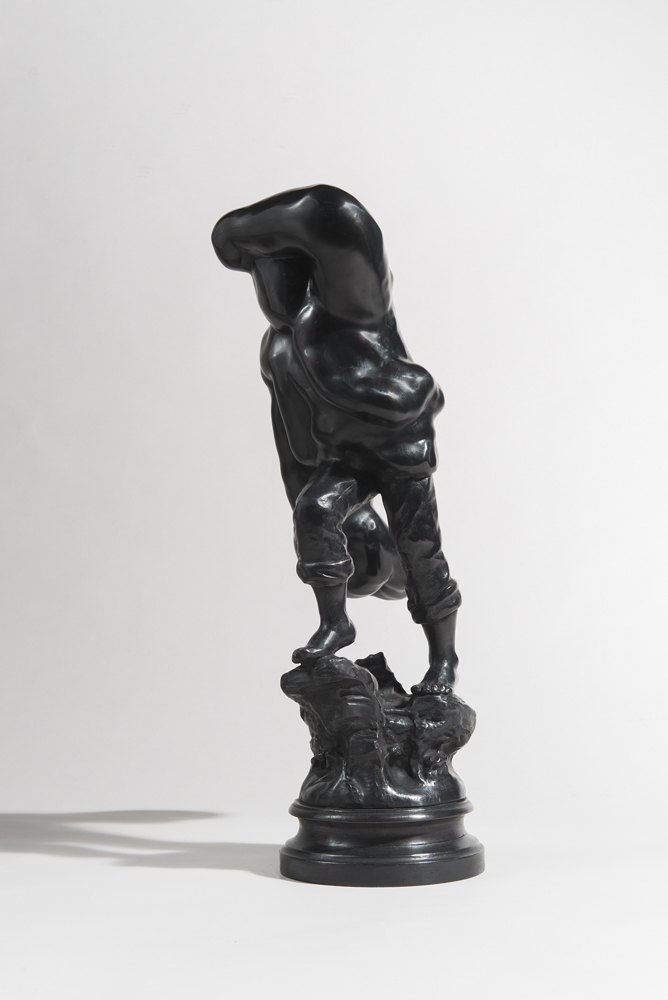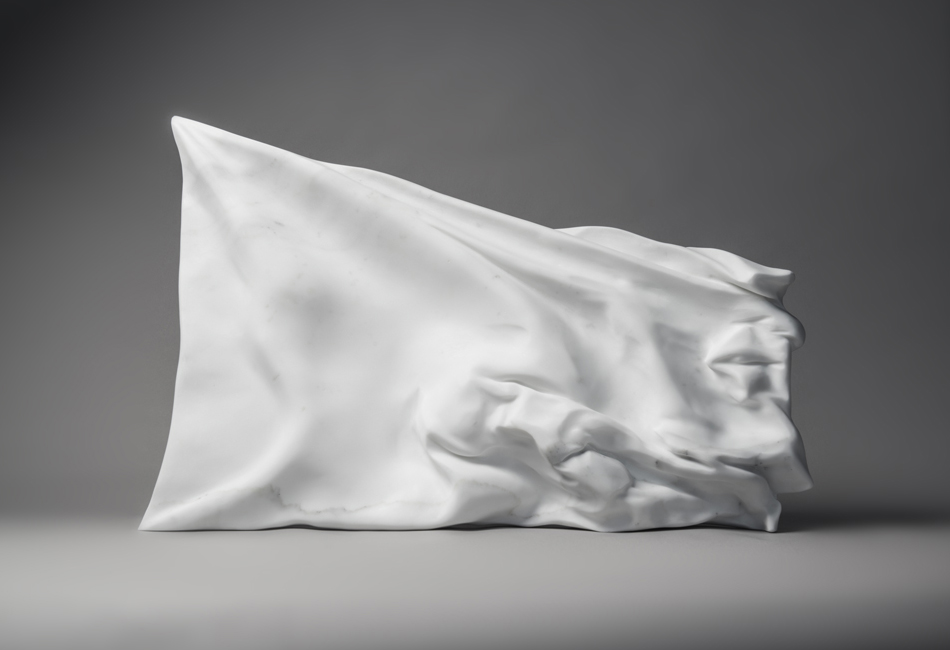Nov 8, 2014 | books, happenings, news
Amy Poehler has it together. And ‘it’ has nothing to do with fame, money or romance even if she does have all three. You have ‘it’ when you’re happy, which means knowing and loving yourself to the fullest — two things Amy does best.
When I started her new book Yes Please, I still referred to her by her full name. But by the time I finished it, she was just Amy. It’s bizarre how close you can feel to someone you’ve never met, just by reading the stories they chose to share with the entire world. But Amy’s writing voice is so clear and simple that I can almost hear Leslie Knope’s actual voice reading her words aloud.

Amy just seems so real. In the intro she talks about how hard it is to write a book — especially one about yourself — and how implicitly conceited and painfully permanent the whole memoir-publishing process is. So down-to-earth yet somehow sharp and hilarious. Some of the memories she retells are insane celebrity-only kind of stories, but my favorites are the everyday ones. The stories that remind me of my own misadventures.
When she played Dorothy in her fourth grade’s Wizard of Oz, she discovered “on stage” meant “in charge” and improv’d for the very first time. I played Charlotte in Charlotte’s Web in the fourth grade too, but my story ended in the audience’s disappointment instead of delight. I got distracted reading backstage, missed a cue, and realized crowds are the worst and words are my home.
Sure she writes about creating Parks and Recreation and what it was like giving birth to her first son while watching the SNL episode she had rehearsed to perform in days earlier (“Laughing to Crying to Laughing”). But she writes about those things from a perspective anyone can understand. No big words, no convoluted themes, just a girl telling her stories in different ways.
The book’s three parts seem to be in loose chronological order: “Say Whatever You Want,” “Do Whatever You Like,” and “Be Whoever You Are.” “Say” begins with The Wizard of Oz and her birth story while “Be” wraps it up with Parks and Recreation, advice on Hollywood, and the unfathomable love she has for her sons.
The chronology of the three parts align on a larger scope too, with their titles — kids say whatever they want because they just found out they can, teenagers do whatever they want just to prove they can, and adults have the freedom to be whoever they are (the only problem is a lot of people get distracted by shoulds and don’t know who that is).
My favorite essay was “Plain Girl vs. the Demon.” She perfectly captures and personifies the self-doubt that wreaks havoc within all of us:
“And then one day, you go through a breakup or you can’t lose your baby weight or you look at your reflection in a soup spoon and that slimy bugger is back. It moves its sour mouth up to your ear and reminds you that you are fat and ugly and don’t deserve love.
This demon is some Stephen King from-the-sewer devil-level shit.”
Coming to the realization that the negative parts of me don’t have any real control is one of the best epiphanies I can ever remember having. And Amy Poehler knows what that feels like.
Thank YOU Amy, for writing a book for everyone.

Sep 11, 2014 | art history, happenings, museums, painting, sculpture, Taubman Museum of Art
Bill Rutherfoord has been painting surreal scenes of animals and people in stark, arresting actions for decades, but his gallery at the Taubman Museum is the product of eight very reflective years spent working in the basement of his Roanoke home. Allegory of No Region is comprised of 11 huge, terrifying works that merge folk, myth, metaphor, science and symbolism at once.
This collection can’t be fully appreciated without understanding the story within the paintings, and I don’t think I can explain it any better than the Museum itself:
“The reclaimed character Brer Rabbit leads the viewer on an epic journey across three centuries of heroism and trickery both comic and tragic ultimately creating historical and contemporary allegories and conundrums that lead to an investigation of the very nature of identity, culture and history – personal and public, regional and national, high and low.”


Each painting’s placard includes a diagram letting the viewer know the exact meaning behind the work, so that everyone can follow the twists and turns in Brier Rabbit’s path as he travels from the 18th century to present time, tackling every topic from Jamestown to the BP oil spill.
A lot of the symbolism deals with the New York School of art, and the break between the elites in the high-brow Northeastern art market and the equally legitimate styles being pursued in the rural U.S. Rutherfoord’s own career battled against the art market’s supposed trendiness, remaining figurative and refusing to bend to the ever-popular abstract styles.



The gallery’s second room contained two collections of Rutherfoord’s past work to contextualize the Allegory of No Region series. The first was a set of Apocalypse paintings inspired by the Bible’s Book of Revelation, but my favorite was the set of five painted wood sculptures completed between the early ’80s and the early ’90s. Their silhouettes’ have life and rhythm but their small size and abstract faces make them feel like dolls propped up.
“Wacky Woods” takes Dr. Suess seriously — a one-eyed cartoon lumberjack BZZZing his chainsaw.


“Guitar,” 1984


“Wacky Woods,” 1991


This show closes on Saturday, September 13th so if you live in Virginia, make the trip this weekend!
For more on Bill Rutherfoord, check out this incredible profile video created about him and this exhibit by William Sellari on Vimeo:
Sep 2, 2014 | happenings, interviews, London, sculpture
If you live in London, this post is for you! An incredible contemporary sculptor is opening a new solo show titled gleam at Kristin Hjellegjerde Gallery next Thursday, September 11th.
Richard Stone‘s sculpture morphs art historical motifs into relatable figures, creating a new image from repurposed contexts using antique media like bronze and marble.
The artist is most interested in abstracting and breaking down contemporary representations of universal ideas that might be found more easily in painting and photography but not so much in sculpture:

“the rescuer,” 2014
bronze, patina
approx 57x23x23cm
How has your process of molding and sculpting works changed as your art has developed?
I’ve started to find a new and more focused language in bronze and marble, working more directly with preparatory wax models, that has opened up many more possibilities.
I’ve long been interested in how I can recast classical themes in contemporary light and these materials are enabling me to do that, not least because, in essence, they’re such beautiful, beguiling materials, ancient in origin, but utterly contemporary and limitless in scope.
When did you first begin experimenting with the abstracted human form in three dimensions, and why?
It really started with looking to describe and make physical, the space around existing figurative objects, often in heroic poses, applying layers of wax to create an amorphous, contrasting form.
This not only enabled me to evoke a duality of form and material, but importantly, to think through the idea of representation and it’s conventions, more keenly, exploring the increasingly contemporary point at which representation begin to blur, dissolve or fall apart.
What is it that usually sparks the initial idea for a new sculpture?
It can be anything, visual or literary, historical or contemporary, a found object, a work of art, a place, but quite often a line from a book or poem.
What do you hope your work communicates to the viewer?
I think any intention on the part of the artist has to remain open, but the hope is always that the work is resonant enough to meet people where they are, in that moment, or be powerful enough to form a memory.
Which part of your upcoming September show are you most excited about?
For me, these works represent years of thinking and making, but it’s really now, that they’ve come together, in the form and mediums that best express them. The classical materials I’ve returned too have been updated and for me, represent a much stronger visual and contextual statement.
The exhibition in that sense is both a consolidation as well as a departure, I would say it’s a new statement of artistic intent.

“only in the ruins will you be free,” 2014
statuario marble
approx 91x57x10cm
Richard’s show at Kristin Hjellegjerde Gallery will be on view until October 12th.
Interested in going to the opening? Find the details here.
And see more of Richard’s work on his website and Twitter feed.



















